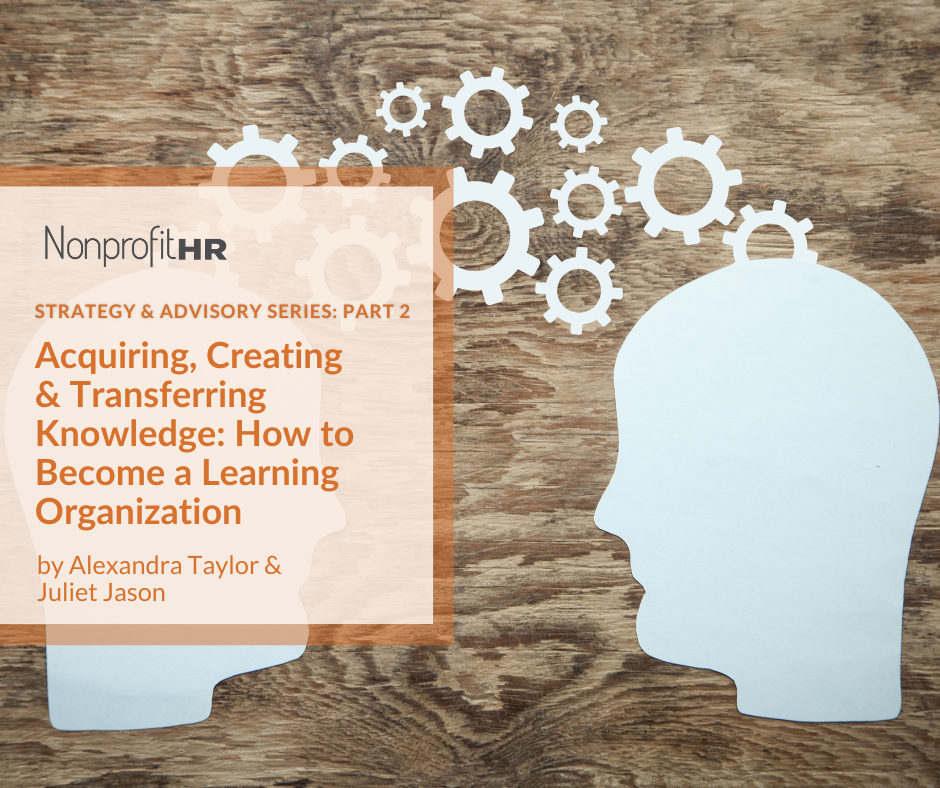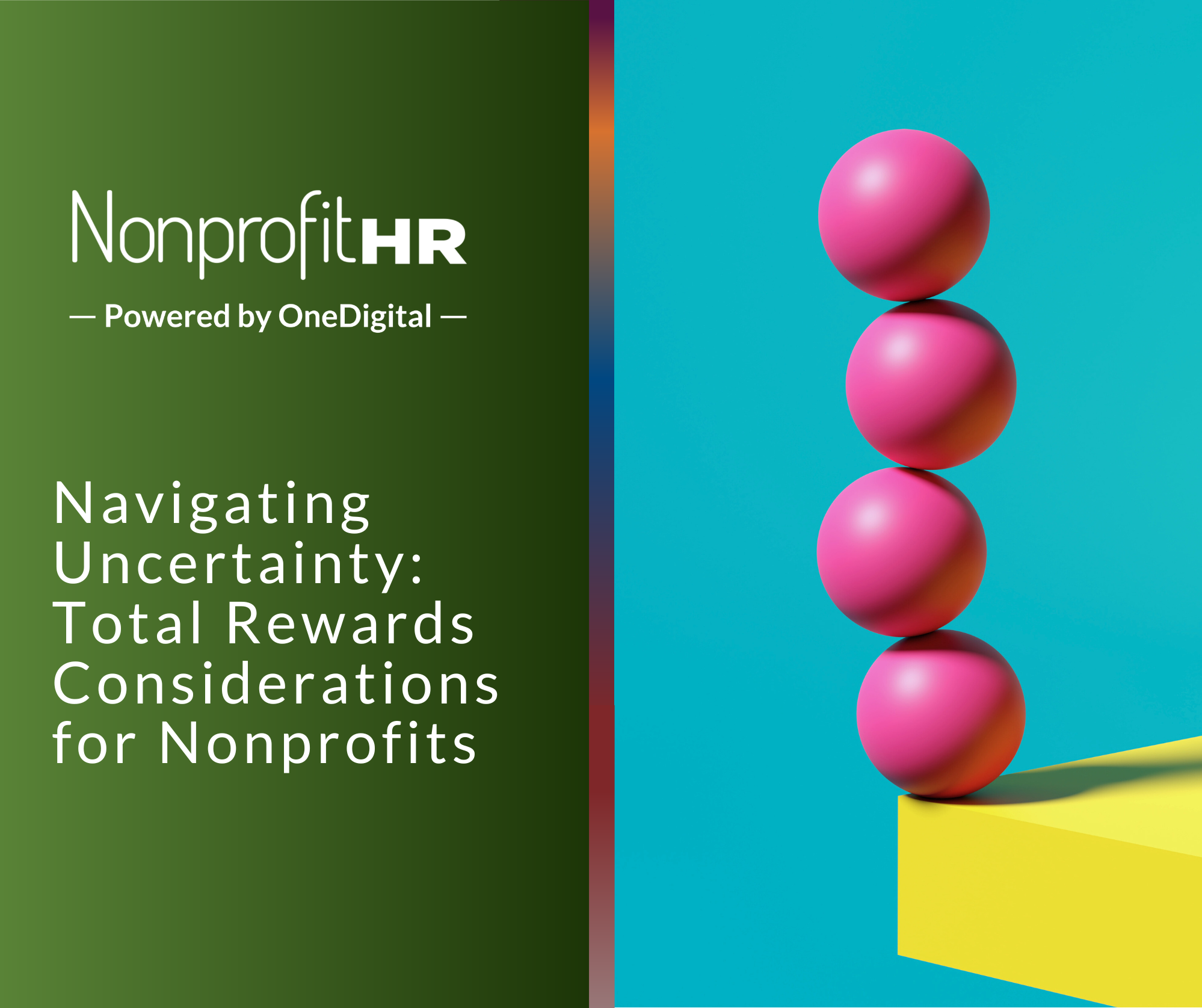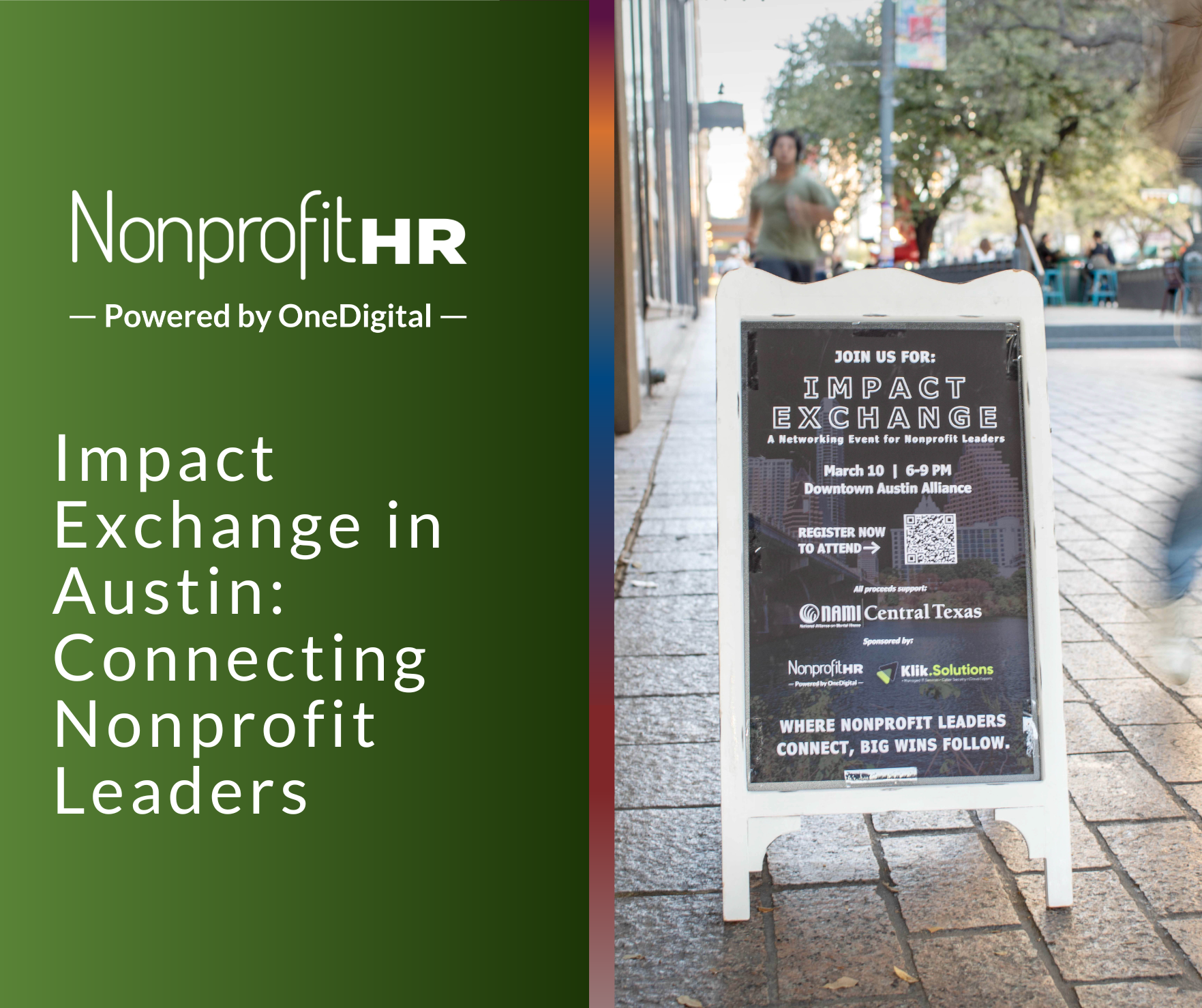WTOP: 5 ways nonprofits can…
In Part 1 of this series, we outlined how to build an organizational culture with aspects that specifically promote L&D. In part 2, we will dive into fostering a learning organization: what it is, how to do it and why it will support the overall advancement of your mission.
What Defines a Learning Organization?
A learning organization is an organization that’s skilled at acquiring, creating and transferring knowledge and then modifying behavior to reflect that new knowledge as a collective. In the context of VUCA, a learning organization thrives by fueling new insight, new learning and adaptation of behavior. Thus, L&D is only one part of what a learning organization should look like. Becoming a learning organization extends beyond L&D into the way it approaches all future opportunities and challenges.
4 Dimensions of Learning in An Organization
Research shows that there are four dimensions of a learning organization, and all of them revolve around how the organization creates intentional space for continuous learning.
- Management commitment: This is developing and enabling support and leadership commitment to create and build knowledge within the organization, so there is a commitment across our management to creating spaces of learning.
- System perspective: This is about bringing everyone within an organization to a shared vision and a mutual identity. It also involves building relations and connecting members with each other through exchanging knowledge and information. This ties back to creating intentional spaces within culture to reinforce knowledge sharing.
- Openness and experimentation: This is the degree to which an organization is open to new ideas and suggestions. Within the context of our VUCA world, it is a component that is critical now more than ever.
- Knowledge transfer and integration: This is the degree to which knowledge, ideas and innovations can spread internally through communication channels in an organization. Then, integrate that knowledge into organizational strategies, programs and projects.
Characteristics of a Learning Organization
Fostering a learning organization is ultimately building a foundation for leadership development, which is the process that helps expand the capacity of individuals to perform in leadership roles within organizations. This can include individual leadership coaching, high potential or other group development work, team development, mentoring and other learning events (individual, group and team programs/initiatives). In essence, an intentional culture focused on learning will more effectively prepare your people for their next role. A learning organization exhibits this intention through the values it upholds, which show up as the following characteristics.
- Continuous learning: Learning is designed into work, so that people can learn on the job. Having a formalized approach to learning is important, but a large part of developing a culture of learning is that opportunities for ongoing education and growth are integrated in the work itself, in the things that staff are doing day-to-day, so that they can learn as they move through their positions.
- Inquiry and dialogue: Staff gain productive reasoning skills to openly express their views, have the capacity to listen and inquire about views of others. This is a healthy space of being able to ask questions and generate dialogue around different perspectives, and might support a cultural shift in the direction of questioning, feedback and experimentation.
- Team learning: Work is designed to use groups to access different modes of thinking. In addition to the continuous individual learning that’s occurring, groups are expected to learn together and work together, and that collaboration is valued by the culture and rewarded.
- Embedded system: These are both high- and low-technology systems that are created and integrated within work to share learning. This includes mobile learning, microlearning and other various agile learning modes that the organization is able to provide access to and maintain, so that staff are able to engage in this way.
- Empowerment: This means that staff are involved in setting, owning and implementing a joint vision. The responsibility is distributed close to decision making so that people are motivated to learn toward what they are held accountable to do. This is related to role competencies and ensuring each employee is aware of what they are individually moving toward and empowered to move toward it.
- System connection: System connection is where your people are able to see the effect of their work on the whole of the organization. They are able to scan the environment and use information to adjust work practices. This enables a greater connection to the communities the organization serves, by listening, learning and using that information to shift and change.
- Strategic leadership: Strategic leadership is fundamental to a learning organization. It is imperative that leaders model, champion and support learning. In a learning organization, leadership uses learning strategically to increase and deepen the impact of the organization’s mission.
“Ultimately, intentionality will deepen the impact of your efforts and demonstrate to your people that you value not only their work toward the mission, but who they are as individuals.” Read more about a holistic approach to learning and development in your organization.
Successful organizational learning can result in a competitive advantage by acquiring new and necessary knowledge, competencies and values. This is where organizational culture intersects with learning. Leaders can create greater impact working to develop learning processes using dynamic and flexible organizational culture. They can realize successful organizational learning processes by focusing on these four dimensions within their culture. An organization’s culture is what ultimately creates space for or imposes barriers to successful learning and development processes depending on the values it encourages and upholds.
Benefits of a Learning Organization
An organization that understands and focuses on creating learning opportunities in a way that is integrated and authentically aligned with its culture will experience enhancements across all areas. To start, it will encourage and stimulate impact, for the organization itself and for the communities you serve. Next, creating intentional spaces for learning, adopting the aforementioned characteristics of a learning organization, will likely lead to less attrition and stronger morale because you are communicating the value of employee development. It will foster innovation, better equipping your organization to respond with agility and adaptability, and it will lead to more informed and faster decision making, continuing to bolster an environment in which open and effective communication is championed.
The first step is to look at who you are as an organization and the resources you have internally. Think about who your people are and what they’re telling you they want. Then, explore how to equitably integrate those things into initiatives and overall organizational strategy in ways that support growth, development and impact of your people and your mission.
Excerpt From Part 1: Grounding Your L&D Culture in Equity and Inclusion"
It is paramount to understand the importance of grounding your organizational culture in equity and inclusion. So what does this look like? Fostering an organizational culture that champions equity and inclusion is about operating with intentionality. It looks like creating intentional space, intentional language and dismantling policies and processes that define what equity, inclusion, belonging, justice and diversity look like for your organization.
How can L&D support an organizational commitment to equity? Ask, listen and act.
Building culture is about changing behavior. Before you build anything, seek to ask and listen. Consider conducting a culture survey in your organization to identify from staff where there are areas for growth, specifically around equity and inclusion. Then, use that feedback to collaboratively create opportunities to explore that growth in an authentic way.
Introducing a training without asking staff what they need might lead to those employees feeling unheard, making it unlikely they will develop motivation for true, lasting behavior change.
Another tangible way to demonstrate equity within the culture of your organization is to ensure equitable access to L&D for all staff members. This will look different for each level and for each organization, given there might also be constraints around the time and money you are able to invest, particularly in formal learning opportunities. But examine the things you can make available so that everyone has access to growth opportunities. For example, if you are seeking out training courses that tie traditional content and topics with specific callouts around equity and inclusion, for example, making them available to all staff levels is a great way to bolster an organizational awareness on how they are linked and lay a foundation for equity.
As mentioned, training is only one tool of L&D. Throwing trainings at a broken culture is not going to fix it. Aim to incorporate trainings, whether internal or external, as one part of an overall approach and strategy in building a healthy organizational culture.
Contributing Authors
 |
Alexandra (Alex) Taylor, MPA, brings over 20 years of nonprofit experience, focused on strengthening organizations around diversity, equity and inclusion; leadership development and staff training; nonprofit operations and talent management; philanthropy; strategic planning; and stakeholder engagement. Read full bio. |
 |
Juliet Jason, MS, is a Senior Consultant for the firm’s Strategy & Advisory practice, partnering with clients to lead complex projects in various human resource disciplines. She provides strategic guidance, thought partnership, training and assessment to nonprofit clients in support of their missions. Read full bio. |






























